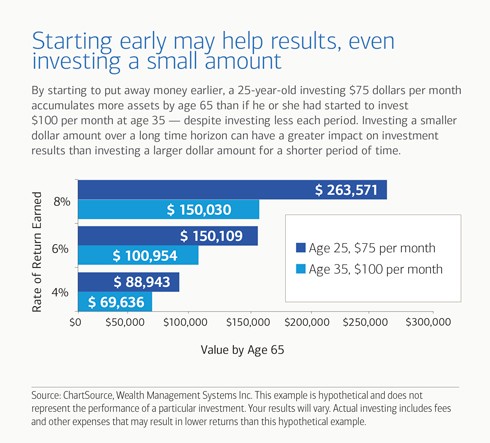Retirement planning strategies for ages 50 and beyond
Post on: 19 Июль, 2015 No Comment

3. Take advantage of catch-up contributions
One of the first things a pro will encourage you to do is to keep saving. If you’re still working and over 50, there are ways to catch up. You can begin putting more money into tax-sheltered retirement accounts such as 401(k) s and IRAs. This year, individuals age 50 or older can save up to $20,500 in a 401(k) and up to $5,000 in an IRA.
Take advantage of these opportunities. It’s not hopeless! says Dee Lee, a Certified Financial Planner and author of Women & Money.
To illustrate, Lee describes a couple that decides to tighten their financial belts. If each contributes $10,000 a year to a 401(k) plan, they’ll have about $90,000 each after 7 years, assuming the money grows by 7 percent a year.
Now for the caveat: In order to earn that 7 percent, you’ve got to be willing to take on some risk. Historically, stocks have earned just over 10 percent a year, while bonds have clipped along at roughly 5 percent. If you’re unwilling to invest in stocks, you may well wind up short of your goals.
The question besides ‘What do you need?’ is ‘What is your risk preference?’ says Bellmer. It doesn’t matter that you might need a 10 percent rate of return. You might not be able to handle the risk associated with that.
Nevertheless, bold or not, planners will say most people in their 50s are too young to flee to the safety of cash instruments. This is not the time when you go to cash, says Ellen Rinaldi, executive director of investment counseling and research at mutual fund group Vanguard. You may stay 50-50 in stocks and bonds. But you’re going to need growth in your portfolio.
4. Time your exit
Savings and investments alone may not be enough to adequately fund your retirement. Planning also means making some vital life decisions, too.
You may want, or need, to delay retirement. If so, you’ll have plenty of company. These days many workers are opting to downshift into retirement by working part-time or longer than they’d originally planned. A study from Putnam Investments found that 7 million retirees returned to work within 18 months. Among those, 32 percent said financial reasons prompted their decisions. And close to four out of 10 who went back said that if they could do it differently, they would have saved more in their company retirement plan.
There are other advantages, like intellectual and social stimulation, that prompt many to keep working. That’s something Ray Ringston understands.














